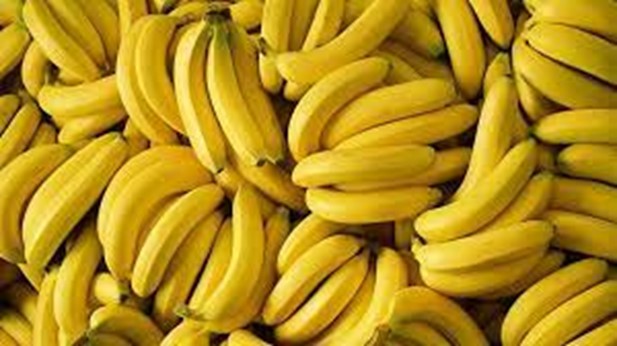A nurse is making a discharge teaching plan for a client who is taking digoxin and furosemide. Which of the following foods should the nurse instruct the client to consume?
Cucumbers.
Blueberries.
Bananas.
Green beans.
The Correct Answer is C
Choice A rationale:
Cucumbers Cucumbers are not relevant to the client's medication regimen. There is no specific interaction between cucumbers and digoxin or furosemide that would require their consumption or avoidance.
Choice B rationale:
Blueberries Similarly, blueberries do not have any specific interaction with digoxin or furosemide. They are not a necessary or contraindicated food item for this client.
Choice C rationale:
Bananas The nurse should instruct the client to consume bananas. Bananas are a good dietary source of potassium. Furosemide is a loop diuretic that can cause potassium depletion, so it's important for the client to maintain adequate potassium levels. Digoxin can also affect potassium levels, potentially leading to an increased risk of digoxin toxicity if potassium is too low. Including potassium-rich foods like bananas can help mitigate these risks and maintain proper electrolyte balance.

Choice D rationale:
Green beans While green beans are a nutritious vegetable, they do not have a direct relevance to the client's medication regimen. They are not specifically indicated or contraindicated in the context of digoxin and furosemide use.
Nursing Test Bank
Naxlex Comprehensive Predictor Exams
Related Questions
Correct Answer is A
Explanation
Choice A rationale:
Boiled eggs are appropriate for a client with cholecystitis. Cholecystitis involves inflammation of the gallbladder, and fatty foods can exacerbate symptoms. Boiled eggs are a lean protein source that doesn't contain added fats, making them suitable for the client's dietary restrictions.
Choice B rationale:
Banana muffin is not an optimal choice for a client with cholecystitis. Muffins, especially those made with added fats and sugar, can be high in calories and fats that may worsen symptoms of cholecystitis.
Choice C rationale:
Ground beef is not recommended for a client with cholecystitis due to its higher fat content. Fried or fatty foods can trigger discomfort and worsen the condition. The client should focus on lower-fat protein sources.
Choice D rationale:
Brown rice is a better choice than some other grains, but it might still be too heavy for a client with cholecystitis. It's preferable to prioritize easily digestible and lower-fat foods to alleviate symptoms.
Correct Answer is C
Explanation
Choice A rationale:
Peanut oil is a good choice for cooking due to its high smoke point and heart-healthy monounsaturated fats. However, when it comes to decreasing saturated fats, canola oil is a better choice.
Choice B rationale:
Stick margarine often contains trans fats, which are known to increase the risk of heart disease. It is not a recommended option, especially for those trying to decrease saturated fats in their diet.
Choice C rationale:
Canola oil is a suitable choice for cooking, especially for individuals at risk for heart disease. It has a high smoke point, is low in saturated fats, and contains heart-healthy monounsaturated fats.
Choice D rationale:
Palm oil is high in saturated fats and is not recommended for cooking when trying to decrease saturated fat intake. It is associated with raising LDL cholesterol levels, which can contribute to heart disease risk.
Whether you are a student looking to ace your exams or a practicing nurse seeking to enhance your expertise , our nursing education contents will empower you with the confidence and competence to make a difference in the lives of patients and become a respected leader in the healthcare field.
Visit Naxlex, invest in your future and unlock endless possibilities with our unparalleled nursing education contents today
Report Wrong Answer on the Current Question
Do you disagree with the answer? If yes, what is your expected answer? Explain.
Kindly be descriptive with the issue you are facing.
